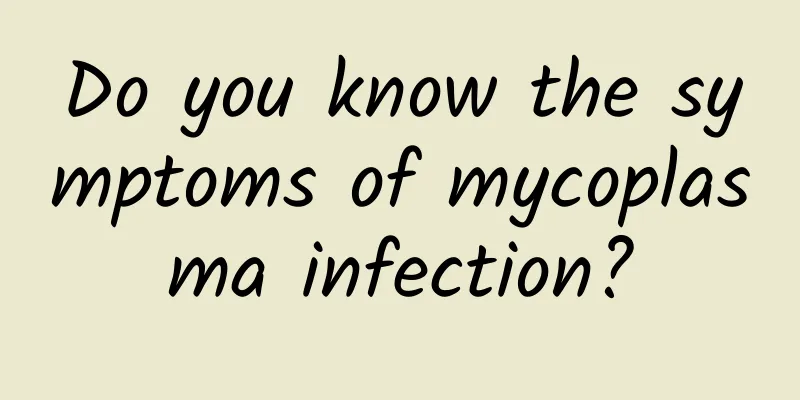Is light yellow stool a disease?

| Feces are excrement produced by humans. They are basically food residues that have not been completely digested by the stomach and intestines, plus liquid secreted by the stomach and intestines. Feces must be discharged from the body through the anus, otherwise it will cause food accumulation, abdominal distension and other consequences, which will cause some damage to health. The color of stool is one of the references for observing diseases. For example, is light yellow stool a disease? Let’s take a look at the explanation below, I hope everyone can understand it. It is normal for the stool to be light yellow in color. It may be related to the type of diet. Pay attention to it and no treatment is needed if there is no discomfort. Changes in stool color are closely related to disease. White or grayish white: indicates bile duct obstruction, possible gallstones, bile duct tumors, or pancreatic head cancer. In addition, grayish white stools can also be seen after barium meal radiography, which is not physiological stool caused by disease. White rice water sample (i.e. feces are white turbid liquid like rice water) with large amount is common in cholera. White greasy: large amount and with foul odor, commonly seen in pancreatic diarrhea or malabsorption syndrome. White mucus: It may indicate chronic enteritis, intestinal polyps and tumors. Dark yellow: It can be caused by congenital defects of red blood cells, hemolytic bacterial infection, malignant malaria, blood transfusion with the wrong blood type, poisoning by certain chemicals or toxins, various immune reactions (including autoimmunity), etc. Green: Watery or pasty, with a sour smell and lots of foam. It is often seen in diseases such as indigestion and intestinal dysfunction. If the green stool is mixed with pus, it is a sign of acute enteritis or bacillary dysentery. In addition, eating a lot of foods containing chlorophyll or high acidity in the intestines can also cause the stool to turn green. Bright red: common in lower gastrointestinal bleeding. If the outer layer is stained with blood, the amount is small, and it is accompanied by severe pain, and the pain disappears after defecation, it is anal fissure; if the blood is bright red, the amount varies, or it is in the form of blood clots, attached to the outer layer of the stool and does not mix with the stool, and the blood or blood clots can be washed away with water, there may be internal hemorrhoid bleeding. If the blood is bright red and mixed with feces, it may be caused by intestinal polyps or rectal cancer or colon cancer. |
<<: What happened if I could feel a lump inside my neck?
>>: What effect does taking blood-cooling medicine have on menstruation?
Recommend
What to do if baby vomits milk due to acid reflux
Spitting up milk is a common phenomenon in daily ...
What is reflux gastritis?
The so-called reflux gastritis is the damage to t...
What are the symptoms of mild encephalitis?
If encephalitis is relatively mild, with symptoms...
How does cerebral thrombosis form?
Cerebral thrombosis is now a very common disease....
What causes sudden fainting?
Fainting is an unconscious symptom caused by tran...
What is premature graying of hair?
You may often see a phenomenon in life, that is, ...
Left lung cystadenoma
Our lungs are very important respiratory organs i...
About autism treatment
In today's society, many young parents spend ...
Why do I feel bitter in my mouth when I wake up in the morning? What is the reason?
When I wake up in the morning, my mouth is extrem...
What are the obvious symptoms of schistosomiasis?
Schistosomiasis is a chronic parasitic disease th...
What are the treatments for pulmonary sarcoidosis?
Pulmonary sarcoidosis is serious and threatens pe...
How to treat thick white tongue coating, diet and daily conditioning methods
I don’t know if you have ever observed your tongu...
What is tuberculosis?
The organs in the human body are very fragile. Al...
Low alanine aminotransferase
The liver is a very important organ in our body. ...
Knee bone pain
Symptoms of pain in the bone joints of the knee m...









